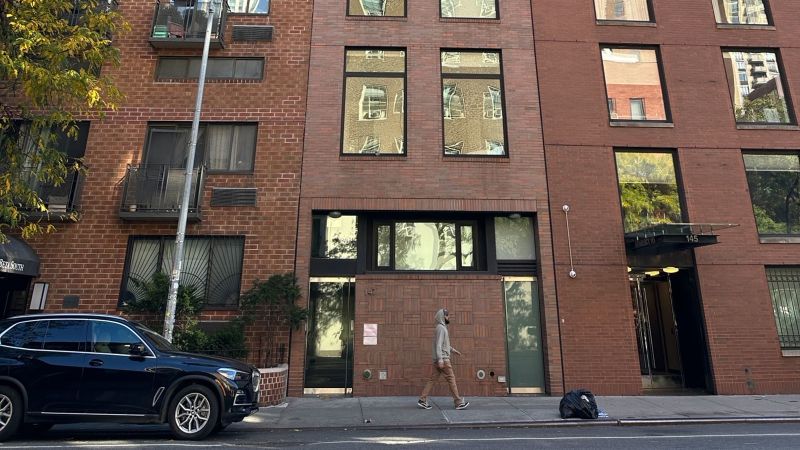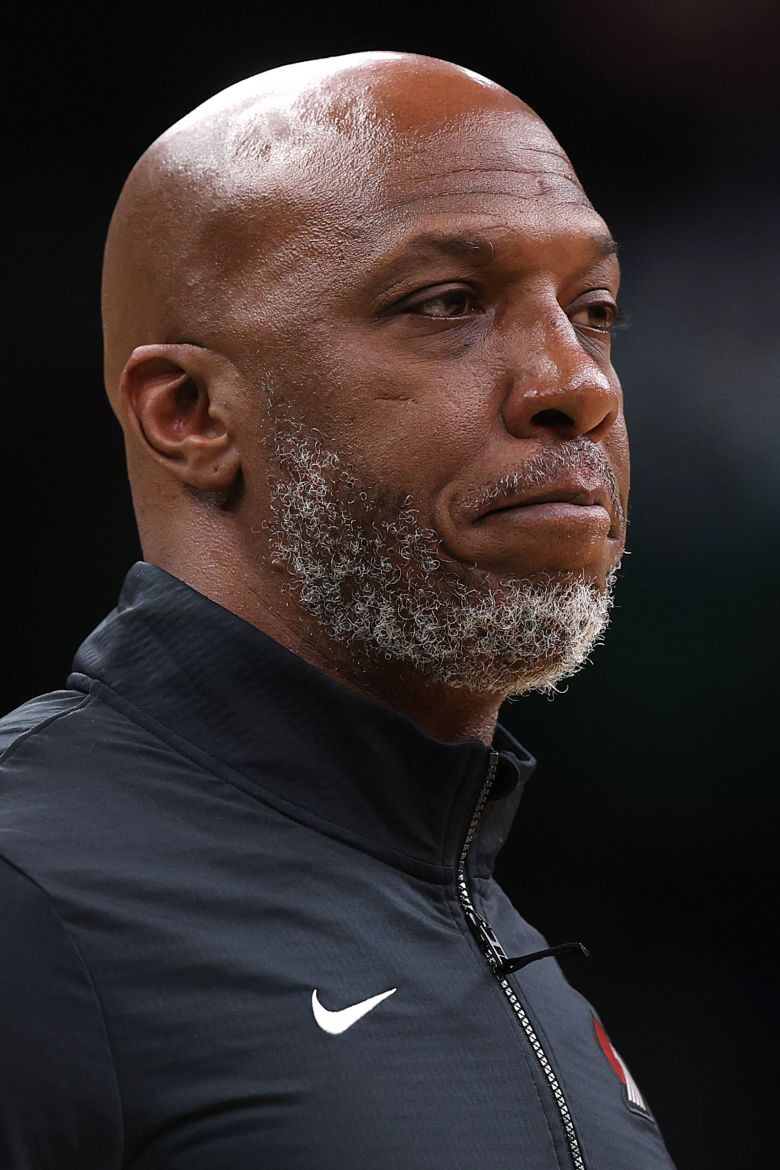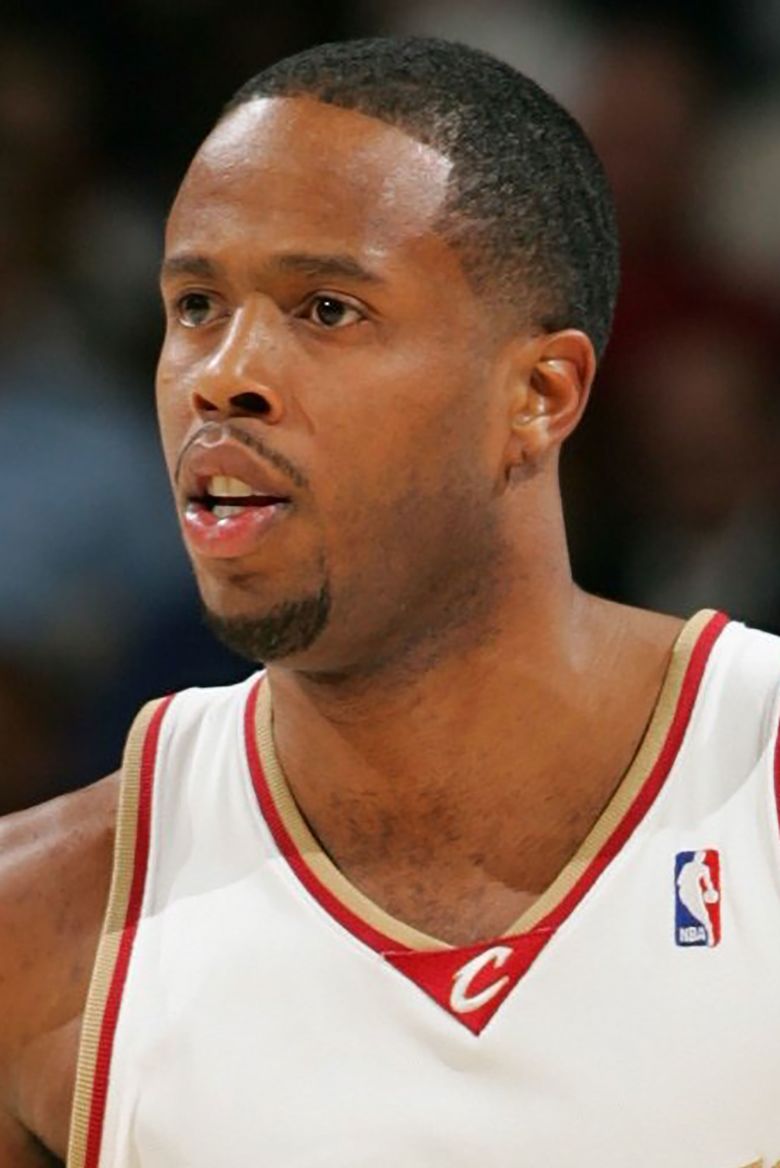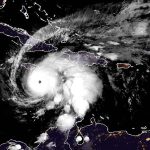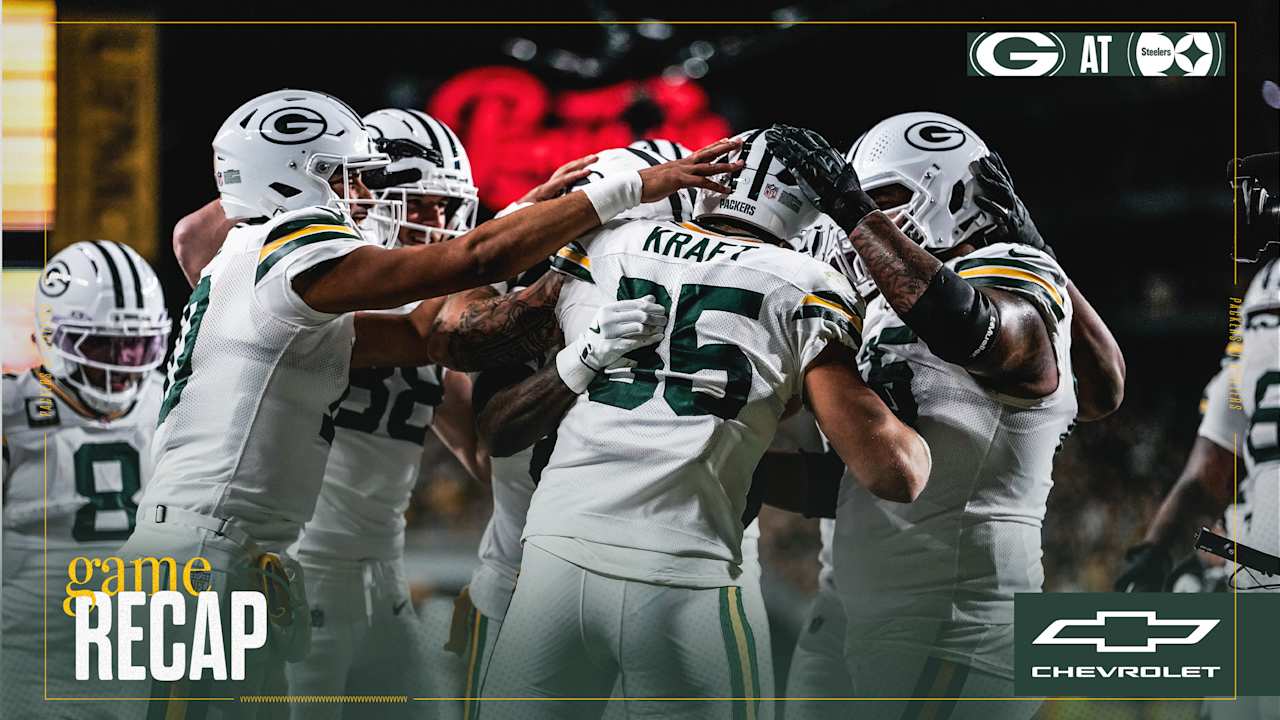Behind the glass doors of an unassuming building in Manhattan, staring across a shuttered print shop, a shadowy world stirred, coming alive with the flick of cards, the muted clink of glasses and the quiet hum of a dangerous secret.
Inside one of the three units of the lavish Kip’s Bay apartment, linked to the Bonanno family, one of New York’s notorious five Italian American Mafia clans, an illegal poker operation unfolded, according to the US Attorney’s office.
The elaborate scheme, masterminded by members of four Mafia families in collusion with celebrity athletes, ensnared unsuspecting victims, bleeding them of over $7 million through cunning deception, prosecutors said in the indictment.
Last week, 31 people, including Portland Trail Blazers head coach Chauncey Billups and former NBA player Damon Jones of the Cleveland Cavaliers and Miami Heat, were arrested for allegedly participating in a nationwide conspiracy to rig illegal poker games.
An attorney for Billups denied the allegations. CNN has reached out to Jones’ representatives.
Investigators said 13 members and associates of the four Mafia families supported the games and collected a share of their profits, according to the indictment. Members of the illicit poker scheme at times threatened and resorted to violence when victims failed to pay their debts on time, prosecutors alleged.
Days after the arrest, Lexington Avenue thrummed with ordinary life. The house where prosecutors say the games took place stood quiet, no one coming in or out for hours. Late risers in pajamas walked their dogs, two men squabbled over a parking spot, and neighbors and shopkeepers went about their routines.
True to New York grit, the owner of a corner bodega and smoke shop remained indifferent, leaning on the counter, unfazed.
“They don’t excite me. Come on, we live in the city. S**t happens every day,” the owner, who chose to go by “AK” for his safety, told CNN. His family in India, he says, worked in politics and often had run-ins with their own “Indian Mafia.”
“I’ve seen a lot more than what they’re talking about here,” he says. No neighbors CNN spoke to said they knew anything, which did not surprise him. “They’re too rich to be seen like that.”
A woman steps in to pay for a bottle of water, eavesdropping on the conversation. She said she had no idea Mafia members had played poker in the apartment building next door to hers, as prosecutors have alleged.
She was shocked for a moment when she discovered the news, then shrugged. “I’m not scared. What are they gonna do to me?”
In the neighborhood, nicknamed “Curry Hill,” dozens of Indian restaurants, grocery stores, and vintage shops are clustered along 27th and 28th streets, their doors spilling the fragrant heat of simmering spices into the air.
At Curry in a Hurry, Sajjad Chowdhury ladles steaming goat curry into a bowl for a customer while reflecting on the news the very building where investigators say the high-stakes poker games took place is just a block away.
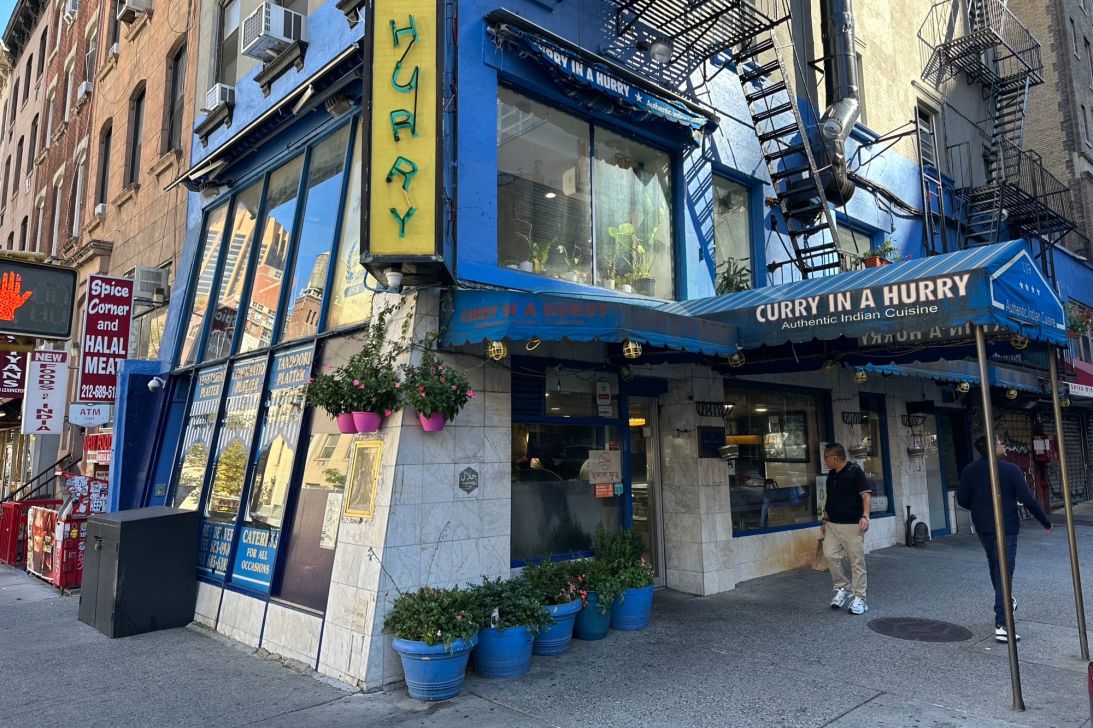
“This restaurant has been here for 50 years. There have been no issues regarding the Mafia, and every restaurant here will say the same,” Chowdhury says. “They live in the shadows. Their presence isn’t obvious.”
He’s 18 now, but growing up in New York, he’s absorbed the stories of the city’s darker decades when the Mafia-run streets were rougher, meaner, and the city ran on fear.
“Things are different now. It doesn’t scare me,” he says.
Outside, the aroma of turmeric, cardamom, and garam masala mingles with the sweet haze of incense drifting down the street and masking the underworld accused of hiding just around the corner.
The city may have changed, but its shadows haven’t, and its oldest secrets still live between the cracks of its neighborhoods.
A mischievous monkey sketched in chalk perches beneath the sign outside Sally’s Bar, taunting passersby: “Having a s**t day? Grab a BEER.”
Inside, slumped on a worn red leather bar stool and cradling a beer, Sally’s regular Scott Hernandez admits he is indeed having a difficult day, then dives into his account of Manhattan’s hidden poker underworld.
“Those games are everywhere,” he says. “If I wanted to find one today I could.”
A stone’s throw from where he’s drinking, surveillance footage showed two Mafia members charged in the case regularly stopping by Sally’s Bar, just meters from the Lexington Avenue building where the rigged poker games took place. Sally’s itself was not connected to the investigation.
Entry to the games is strictly by invitation or through a friend with connections, he explains. The tables vary in size but rarely have fewer than five players. Hernandez said the stakes are high: For ordinary folks, buy-ins run into the thousands, and for the wealthy, the price only climbs higher.
The idea the victims of the rigged games were lured in by celebrities, in this case allegedly NBA athletes, is common sense to Hernandez.
Billups and Jones were dubbed “Face Cards,” professional athletes whose mere presence in the rigged games offered star power meant to legitimize the games to “attract victims,” according to a detention letter written to the judge.
For a lot of people, it’s the whole point of poker, he says.
“It’s a way for you to be seen. They’re nobodies, then they’re offered to meet NBA players, and they feel like a somebody. It’s sad,” he says. “It’s about bagging rights, it’s an alpha thing. Like I went and hung out with the mob.”
Former Gambino crime family mobster Louis Ferrante used to play those games too, before spending nearly nine years in prison for heists and hijackings, he tells CNN in a phone interview from Florida.
“These normal people accidentally fall into a world they don’t belong in,” Ferrante says in a thick, unmistakable Italian-New York accent, each word rolling out with a stubborn gravitas.
“Either they’re infatuated by the mob, and they’re that stupid to be hanging out with them, not knowing that they’re going to dig their claws into them at some point, or they think, ‘I’m a nobody, and people want to hang out with me?’”
Poker games in New York City aren’t a corporate operation, rather it’s “more like you know a guy who knows a guy,” Ferrante, who authored The Borgata Trilogy, says. They could be held inside restaurants after closing, in someone’s penthouse apartment, or in makeshift “casinos,” like the one Ferrante started in the basement of a friend’s deli back in the day.
But no matter the room’s glamour or the famous faces gracing the table, Ferrante warns: some men deal in darkness, and sitting with them is like stepping into a trap you can’t see until it snaps shut.
“These guys are predators, everybody’s prey to them,” he says. “They’re not the type of guys to invite into your house for lunch.”
Today, New York’s streets gleam with glass towers and boutique cafés. But if you look closely, the Mafia’s mystique and menace still linger.
Greenwich Village still wears its history like a second skin, every street a pulse of old New York. Jazz seeps from Blue Note, meeting in the street to mingle with the fragrance of espressos and cappuccinos from Caffè Reggio, while men in Washington Square Park drift through clouds of smoke from their joints.
In the heart of this neighborhood’s restless pulse, a Washington Place apartment, linked to the Gambinos, harbored the same secret rigged poker games, according to the indictment.
The $17 million townhouse, with its polished doors and celebrity past, perches just blocks from the walls of the former Triangle Civic Improvement Association social club, the old nerve center of the Genovese family, once under the iron grip of Vincent “The Chin” Gigante, but now a tea shop.
From the 1950s through the 1980s, New York’s streets ran thick with the Mafia’s ironfisted rule. Racketeering and loan sharking were just the surface; beneath it lurked brutal enforcement: kneecappings in dark alleyways, car bombs sending shrapnel into unsuspecting storefronts, and bodies dumped in rivers or abandoned lots to rot as warnings.
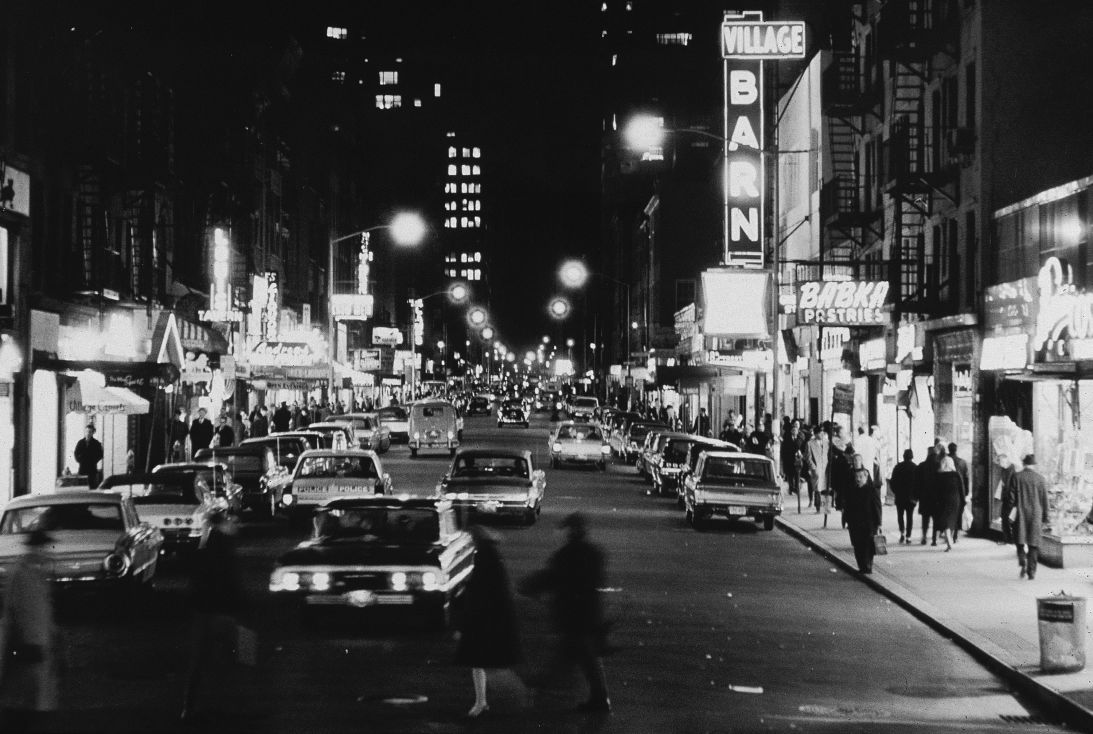
But the world changed. The RICO Act. Wiretaps. FBI surveillance vans parked across from Italian bakeries. By the late 1990s, the mob’s influence, along with the swagger, the social clubs and the handshakes on Mulberry Street, had diminished.
Former undercover FBI agent Joe Cantamessa, who served as a “black bag man,” trained to install hidden cameras and microphones where suspects lived, worked and hung out. He told CNN while the Mafia’s grip on New York City has waned significantly, they’ve discovered new ways to stay in business.
“The competition for illicit activities is high, and their ability to operate in those other circles of labor racketeering is a little bit more complicated,” Cantamessa said.
“Now they’ll get involved with drugs, prostitution, loan sharking, to an extent, and gambling is still a very resourceful component when they can do that right.”
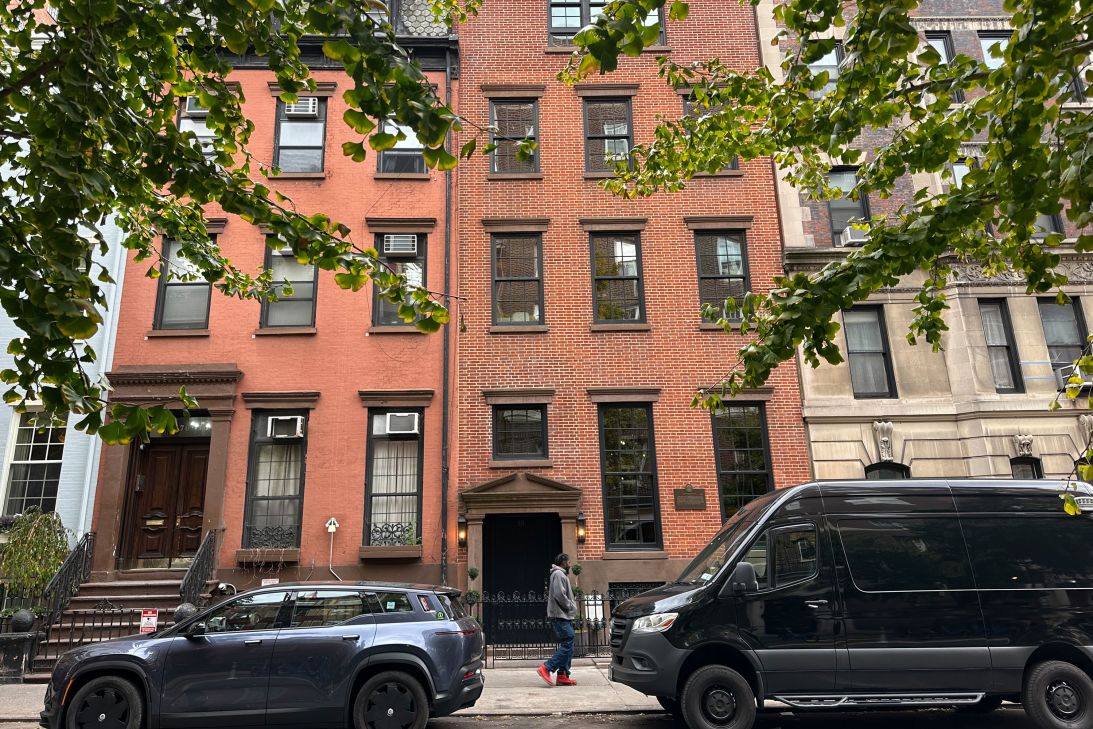
Cantamessa, widely recognized as a key figure in dismantling New York’s most powerful organized crime families, said he was taken aback by just how technologically advanced the rigged poker games had become.
In the rigged games, players were unknowingly seated at tables equipped with hidden X-ray cameras that could read facedown cards, while rigged shuffling machines were engineered to predict which players had the best hands and alert off-site operators, who signaled to accomplices through subtle gestures, the indictment stated.
The scheme also involved marked cards visible only through “specially designed contact lens or sunglasses,” the indictment said, and officials said defendants also used electronic poker chip trays that tracked the game.
In the earlier days, the mob wasn’t just an underworld, it was infrastructure. They controlled garbage routes, construction sites, garment factories, even the price of concrete pouring into the city’s high-rises.
But still, like an echo that fades but never completely quiets, their presence threads through the alleys like smoke, gone before you trace where it came from.
First Appeared on
Source link









